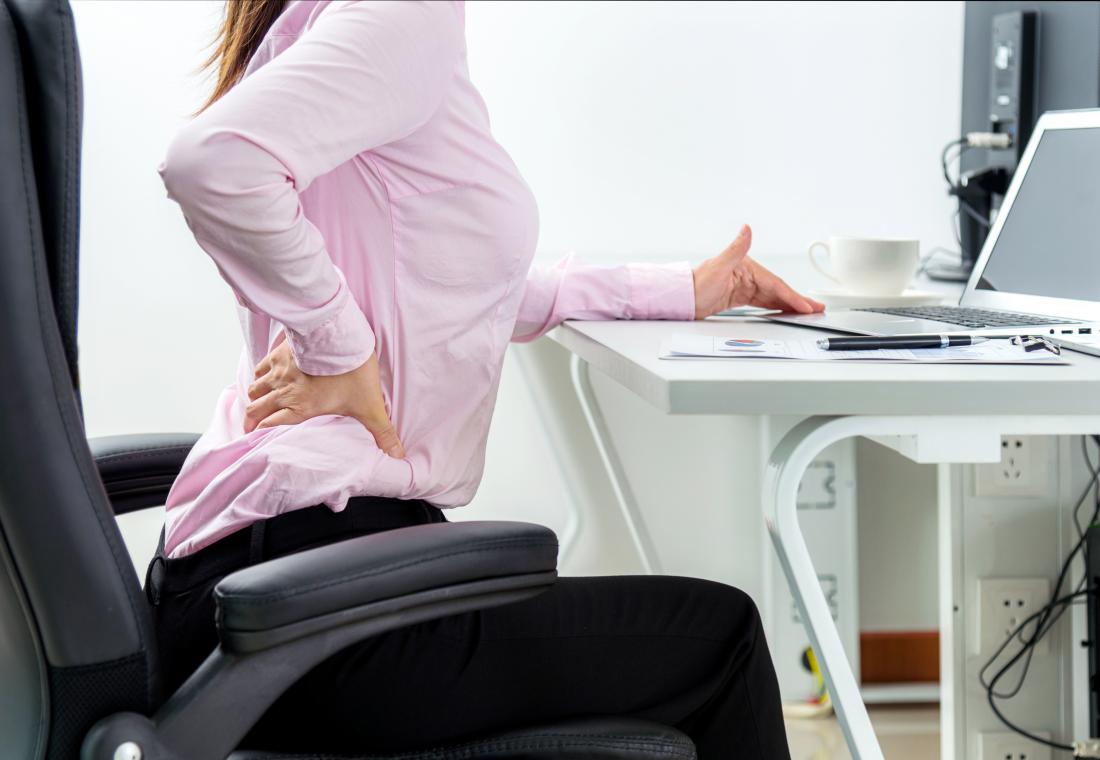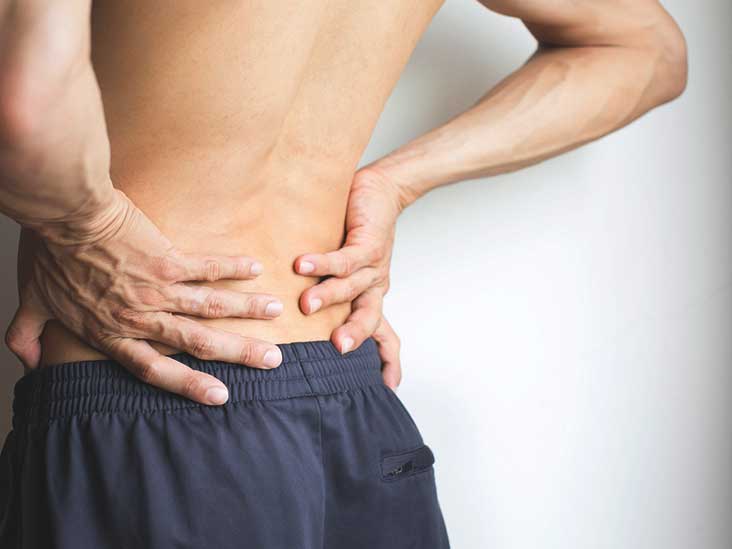The Quadratus Lumborum muscle is a small yet powerful triangular shaped muscle that can be found in the torso, just to the side of the spine. It’s primary function is to stabilize and move your hips and lower back. These muscles also help with rotation and bending forward from the hip joint. If you have been experiencing any pain or discomfort in this area, it may be time for some QL release.
Quadratus Lumborum muscle (QL) pain and tension can be caused by a number of factors.
Some causes include:
- Lack of magnesium in the diet
- Poor posture or lack of support from certain types of chairs when sitting for long periods at work, driving or even while watching TV
- Weak core muscles due to lack of exercise
- Sitting with your hips tilted forward which puts strain on this area of the back
- Sleeping positions that are not conducive to good spinal alignment. If you sleep on your side make sure you do so with both legs straight out behind you instead lying on one leg bent beneath the other as this will cause an uneven distribution along QL ligaments causing them undue stress.
- Chigong exercises that are done incorrectly
- Poor sitting habits, especially if your job requires you to be seated for long periods of time..
Table of Contents
Is There A Way To Correct Quadratus Lumborum Muscles ?
The Quadratus Lumborum muscles are often overlooked when it comes to releasing tension which could potentially lead to other problems down the road as these muscles affect our posture and movement throughout every day life. The good news is there are a number of ways we can release these little guys!
One easy way to start treating yourself at home with simple exercises like yoga poses such as child’s pose, downward dog, side lying stretch and cobra pose.
The QL Claw is a new amazing tool that helps to release tension in your QL muscles by using acupressure points that target the QL muscle group when you twist it against sore spots on your body from tightness or tenderness!
Acupuncture also known as “acu” is a form of Chinese medicine where thin needles are inserted at specific areas called meridians found throughout the body which allows us to re-balance our energy flow effectively relieving pain and discomfort caused by stress. It’s helpful for QL issues because this technique can not only loosen up these muscles but works well with other acupuncture techniques such as pressure point massage to improve circulation allowing the QL muscles to heal.
There are a number of other ways you can release QL tension and pain on your own or with the help of a professional massage therapist!
QL Release Patterns:
-Quadratus Lumborum muscle pain and discomfort is usually located in the lower back, just to either side of your spine. The pain can also radiate into the upper buttock area or down one leg especially when you are bending forward from the hips which may cause a shooting sensation running down your leg
Pain often occurs on both sides but frequently only affects one at a time – It varies in intensity during different activities such as sleeping, standing up straight, walking etc..
There might be an associated stiffness or lack of mobility when trying to move around in certain positions like getting out of bed in the morning.
The key thing with QL issues is that these muscles affect our entire body along specific pathways that can be hard to find and address on your own. It’s important to work with a professional like an acupuncturist who has experience in QL release and pain relief techniques or even a massage therapist that knows how to use these muscles effectively during treatments!
How Can QL Muscle Release Can Be Achieved?

Get enough magnesium in your diet by consuming lots of dark leafy greens like kale, spinach and other vegetables.
Make sure you are using the right kind of chair at work or when driving to avoid having an unhealthy posture due to lack of support for the lower back – Ensure that your home chairs have good lumbar support as well!
Strengthening core muscles with crunches, planks and squats can help too – A simple stretch before bed is also great like lying on your stomach while supporting yourself up on elbows so you aren’t putting all pressure on this area. Also try doing side leg lifts off one hip which helps relieve tension between QL ligaments.
Taking short walks regularly to help get the blood flowing through your body is also helpful and can help strengthen your core muscles and QL ligaments.
Sometimes we need to be reminded of the basics like maintaining a healthy lifestyle with regular exercise, eating well and practicing good posture! These things will keep you feeling great for years to come.
What Is QL Massage?
-QL massage is a technique that uses deep pressure on the Quadratus Lumborum muscle. It can be quite uncomfortable for some people depending on how inflamed or sensitive these muscles are which makes it an effective treatment to use with other techniques like acupuncture and acupressure.
This technique can help release tightness and pain in the QL muscles as well as surrounding tissues like those found between our ribs, hips and pelvis which is why it’s helpful to work with a professional who has knowledge of these areas and knows how to use this technique effectively.
One of the most common causes for QL pain is a lack of magnesium which can lead to muscle spasms and tension throughout our bodies. Magnesium deficiency may not always be obvious on blood tests that measure serum levels but many people with chronic back or neck issues report significant improvement after supplementing their diets! You might need more than just Epsom salt baths too so look into ways you can increase your dietary intake as well as topical applications like creams, oils and transdermal patches.




